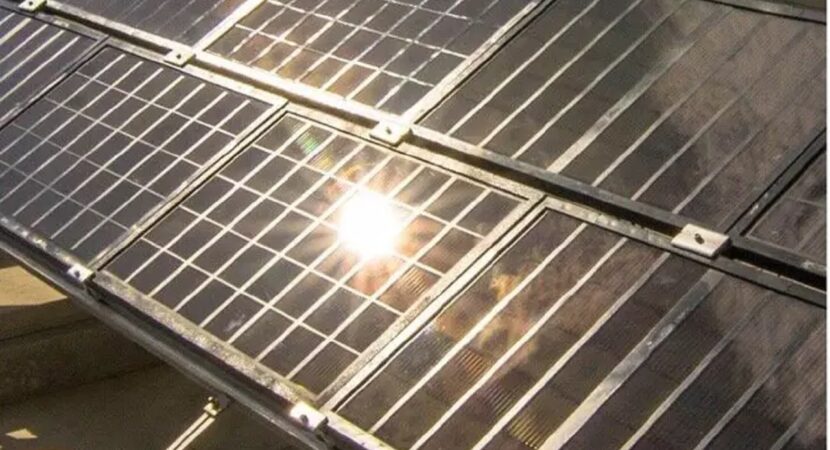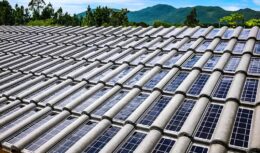
Scientists in Greece have developed the first solar power plant using graphene – perovskite – solar panels. The solar power plant manages to be more efficient compared to the silicon ones.
Scientists University of Rome Tor Vergata, in Italy, in partnership with researchers from the Hellenic University of the Mediterranean, in Greece, created graphene-perovskite solar panels that can be more efficient, being manufactured with 2D materials, that is, two-dimensional. According to their developers, these solar energy panels, installed on the island of Crete, can be integrated with each other, thus generating the first solar power plant using graphene solar panels – perovskite.
Perovskite appears for the first time in 2016
A solar power plant with graphene solar panels can generate energy on a large scale, something that, until then, seemed to be possible only in controlled environments in the laboratory. According to the main author of the study, professor of engineering Francesco Bonaccorso, the scientists' work is the result of approximately 5 years of research aimed at expanding the scale of use of graphene-perovskite solar panels, starting with cells generated in the laboratory, slightly larger panels and, finally, a structure that is feasible to be installed in a solar energy farm.
The scientists' first work on the project was published in 2016. At the time, they already predicted that by designing the interfaces with suitable two-dimensional materials, it would be possible to develop solar panels of graphene – perovskite, expanding the stability of the cells, without impacting their performance in solar energy development.
Before creating an autonomous solar plant, the researchers developed nine graphene-perovskite solar panels. Each of these components with an area of 0,5 m² with 40 individual modules connected together, forming a large panel that could capture solar energy.
According to materials engineering professor Aldo Di Carlo, after his first publication on small-area cells, the viability of this technology in devices with a larger area was developed. The intention has always been to demonstrate the feasibility of integration between solar energy panels, considerably expanding the sector responsible for capturing.
Solar plant with perovskite panels has an efficiency of 12,5%
According to the researchers, the first solar plant in the world developed with painéis solares of graphene-perovskite has a total area of 4,5 square meters. Its solar energy efficiency is 12,5%.
The team also compares their technology to off-the-shelf silicon solar modules and claims that the graphene devices exhibit a smaller drop in open-circuit voltage despite being at a higher temperature.
Bonaccorso says that although the temperature-strain coefficient of graphene-perovskite solar panels is half that of silicon modules, his results show that more efforts are needed to improve the encapsulating materials and lamination protocol to further extend the life of the components.
Perovskite can also be used in the production of green hydrogen
Researchers at the National Renewable Energy Laboratory (NREL) in the US have developed a way to generate hydrogen cleanly using compounds made from perovskite to make the procurement process more sustainable and viable.
The technology used by the scientists is known as solar thermochemical hydrogen (STCH). This technique is much more efficient than the clean hydrogen production process based on the electrolysis method, which is widely used by the ammonia production industry.
According to the main author of the study, Zhi Wen Ma, this is a challenging field, with several research questions still unanswered, mainly in the perspective of using promising materials like this one.













The discovery of this new ore world in…
Congratulations, but I don't want to......
But of course I would buy it! Without any…
Yaris sedan 2019. Walking in the slipper between…
Congratulations on the comment. I worked in the square...
Purchased report......
Our governments and our politicians are…
The site is clogged with garbage…